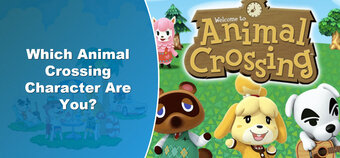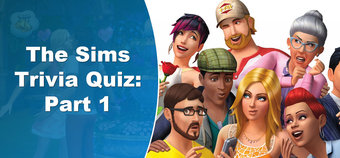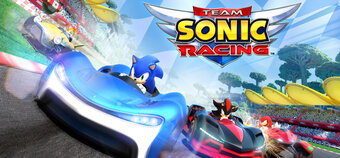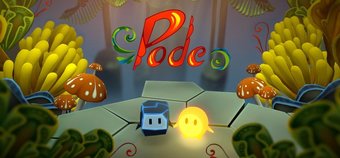I've never played a Harvest Moon game before, despite being relatively interested in the game - probably because of the generally bright, colourful and cute box arts. I'm like some sort of smiley face, rainbow and fluff obsessed magpie. And Harvest Moon has these in bucketfuls.
For those of you who've never come across the Harvest Moon franchise, it's not too dissimilar from the likes of Animal Crossing and maybe even the Sims (particularly the Sims 2 Seasons expansion pack) - you play as either a boy or girl farmer, who decides to set up a farm. Running a successful farm involves planting seeds, harvesting crops and raising animals - along with mining and wood chopping, which give you materials with which you can upgrade your house, farm and tools. You can also start a family, if you can manage to charm one of the local bachelors/bachelorettes - and once you get married, you can have children. Harvest Moon does things the right way. Making friends with the various townsfolk and animals (if they like you enough, you can adopt them as pets) becomes important too, as they can often help you and give you useful items, as well as giving you little 'quests' - such as bringing the woman in the tailors some wool and 10 green herbs to make you a bigger bag. Although, what seems to be a bit of an oversight is that there seems to be no record anywhere of what you need to get for who, so if you don't have a very good memory, or don't play it for a while, you may well end up getting a bit stuck.

I knew I had to bring the old woman 10 green herbs, but I couldn't remember if she wanted wool or yarn or whatever. And there was no way to check that didn't involve walking all the way back to ask her.
There is a vague story to follow in Harvest Moon: Animal Parade too - the land of Castanet (all the place names are music-themed) is in trouble because the five elemental bells have gone walkabout - and this means that crops aren't growing, ships aren't sailing and the wind isn't blowing, which spells disaster for the people of Harmonica Town, and the surrounding areas. As is usually the way, the Harvest Goddess has asked for your help in fixing it - so you'll need to track down each of the bells (which are all inhabited by 'sprites', which look like elfy-fairy things in nightcaps) and ring them to return the land to it's former glory.
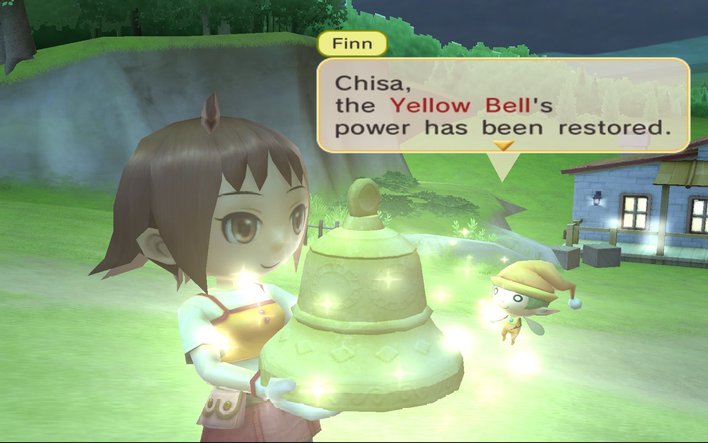
Finn is your own personal sprite, sent to watch over you and give you various hints and tips throughout the game. But he's not in charge of any important elements or bells or anything - something which he gets depressed about from time to time.
Your average Harvest Moon day involves getting up, then stroking and feeding your animals, before heading outside to water and harvest your plants, putting those you want to sell into the 'shipping box', where they're mysteriously taken away in the dead of night and exchanged for cash. The amount of money you get for each item depends on it's quality, which can range from Decent (the worst) to Good, then Perfect and if you're lucky, possibly even Shining (the best). With a bit of luck, you'll have finished this by mid-morning in game time - then you can spend the afternoon bell-hunting, shopping or socialising. Or mining, fishing and foraging for berries, mushrooms and herbs. As long as you remember to water your plants and feed your animals fairly regularly (forget and they'll just be a tad annoyed at you), there's not really anything more you have to do - the rest is up to you. Although, you might want to fix the harvest bells, to stop all the villagers complaining to you about how bad stuff is. Especially Ruth, the most depressive/hard to please/complain-y character in the game - you can't help but feel sorry for her 'useless' husband sometimes.
Don't get too over-ambitious with the number of crops you plant when you first start out either - I learnt this the hard way, by collapsing in my field on the first day. Not a good start. But then I learned the secret of jam. Simply lob two of the same berries into a cooking pot (sold separately), and then you end up with a yummy pot of jam, which is the best pick-me-up I've found in the game so far. So when your stamina bar is in the red, you better get jammin'.

Later in the game, the water in the Spa warms up. Soaking in this also rebuilds your stamina, in a similar way to jam. But less sticky.
Cooking is one of the new additions for this iteration of the franchise too - or so I'm told. To be able to start cooking, you need to go and buy some sort of cooking appliance - from a cooker, to a chopping board, to a cooking pot. Then you can either buy recipes from the shop or get creative, although most of my 'creations' end in a bowl of bad green, lumpy sludge - so I'd recommend buying at least a couple of recipes, until you get a feel for what you need to do, as a fair few are adaptable. A case in point is the jam (again) - I originally bought a blueberry jam recipe, but found you could easily substitute the two blueberries stipulated in the recipe for any two matching berries. And don't worry if you have a terrible memory, as all your recipes (both bought and discovered) are kept handily on your bookshelf in your house.
Plants are quite straight forward - simply buy seeds, plant them, don't forget to water them everyday, and eventually you'll end up with some produce to show for it. Livestock are a bit more complicated - first you need to decide what animal you want. You can choose from cows, horses, goats, sheep, chickens and ducks, as well as the more unusual ostriches and silkworms. My first animal was a duck called Steve. Ducks are essentially poor man's chickens, as they're cheaper than a chicken, but don't lay eggs as often. After my initial success with Steve, my farm expanded to include a chicken called Henry, a sheep called Duncan and a cow called Numpty. Although, Duncan's currently not too happy with me, seeing as I sheared him, so now he's cold and moody. Happy animals produce more often too, so it's in your interests to keep them happy, by feeding them, stroking and brushing them - and if you get on really well with some of your bigger animals, they might even let you ride them.

Mooo hooo.
As well as the farming and cooking, you can go fishing - simply press the A button with your fishing rod equipped and you can cast a line into the stream, lake or ocean you're standing next to, as you wait for the exclamation mark to appear, which is your cue to press the A button relatively quickly to reel your fish in. With your hammer equipped, pressing A next to a rock in the mine lets you mine for ores - which can be used to upgrade your tools - and mysterious coloured ball things called 'wonderfuls', which can be refined into gems to make jewellery and accessories for your character. Your axe lets you chop down trees, turning it into lumber, which you'll need to upgrade your house and farm so they can hold more people or animals.
When you first arrive at your farm, your house, barn and coop are dilapidated, relatively cramped buildings. As you gain money and raw materials, you can choose to upgrade them, giving you more space for animals, or a family. You can also purchase all sorts of furniture and clothes to personalise your character and house.
Every so often the town holds festivals, which offer a change of pace from the daily farming - the Animal Festival that occurs on the last day of Spring has a contest to see which farmer and animal pair get on best (me and Steve came last - oh dear), as well as a livestock race, which involves holding the Wii remote sideways and using the 2 button to crack a whip to make your animal run faster, while tilting the Wii remote makes them turn the corners. I didn't get to compete in this, seeing as I apparently can't ride a duck.
On the 22nd day of every season, Theodore's circus comes to town - but there's a tiny problem. Most of his animals have escaped, and are hiding in various places around the town - and he's asked you to find them. But these animals don't just trust any old person. To impress the animal enough to persuade it to come out of hiding, you're going to need to cook it it's favourite meal - for example, Eunice the Giraffe, who hides behind the lighthouse (the only thing tall enough to hide her) likes Herb Grilled Fish - but she's quite particular, so not just any old Herb Grilled Fish will do - it needs to be no less than Good quality.

Can you find all the circus animals hiding in Harmonica Town?
The controls in Harvest Moon: Animal Parade do seem a bit awkward at first, and take a bit of getting used to. Generally speaking, you need to just remember the nunchuck analogue stick moves your person, the A buttons interacts with things and selects stuff, the B button goes back, and the D-pad brings up a type of 'quick inventory', and clicking the A button on each thing will equip it. Your main inventory is on the c button, and the Z button is used to 'target' things, such as where you're watering with your watering can. You can press the 1 button on the Wii Remote at any time to talk to your little sprite friend Finn, who offers hints and tips (some more useful than others) and a tutorial.
Ultimately, the amount of time you'll dedicate to Harvest Moon: Animal Parade depends on how much you like more free-form games - if you're the sort of person who spends hours on Animal Crossing, the Sims, or the other Harvest Moon games, you're likely to spend an awfully long time on this game.
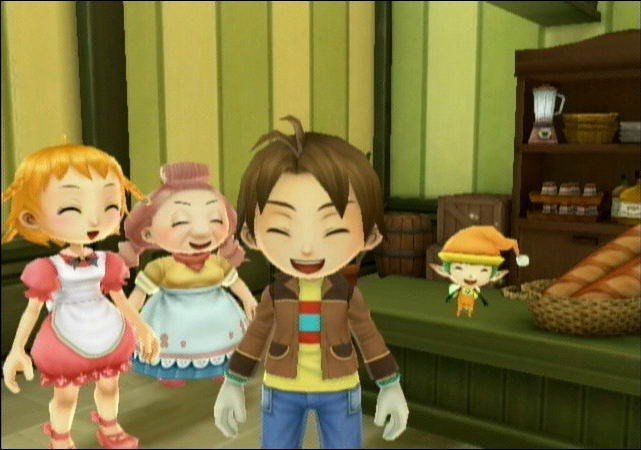
Plenty of smiley faces, bright colours and animals - Harvest Moon is my sort of game.
Format Reviewed: Nintendo Wii








